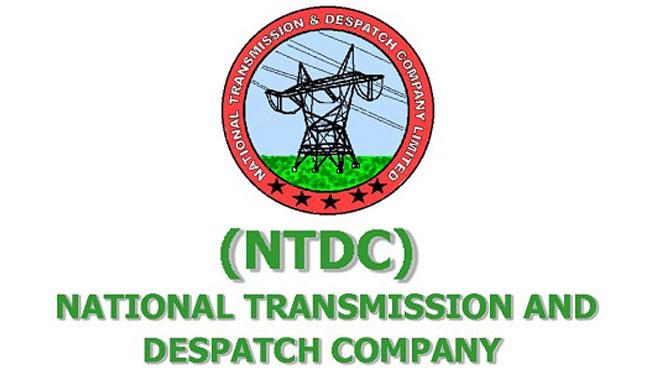LAHORE: Despite claims and promises of the government, country’s electricity transmission system still is being run on an obsolete and risky mechanism, which immediately needs a minimum of Rs 3.263 billion for deployment of basic, reliable and successful operations system.
National Transmission and Dispatch Company (NTDC) management must have a well-informed decision-making process based on accurate and timely information about the vast investments and operations, which should be rolled out alongside government’s irrational fervour of adding megawatts only, a highly placed source revealed to Pakistan Today.
However, unfortunately, an ongoing assessment of the NTDC’s financial and material management system has revealed several critical deficiencies, including the reliance on obsolete manuals for budget processing, inadequate financial reporting, lack of modern human resources (HR) management practices, and shortcomings in corporate controls and inadequate capacity for decision-making.
Talking about the components needed to be financed on a priority basis, sources said that the first stage of the programme for the NTDC, the components urgently needed information and communication technology infrastructure modernisation and the development and deployment of a system aimed at strengthening the company’s management capabilities using an integrated information and communication technology system. The component includes the procurement of civil infrastructures such as data centres, provision of local area network outlets, software licenses, hardware for office automation, consulting services for implementation support and change management, and ICT capacity and strategic sourcing to ensure the sustainability of the electricity transmission system.
NTDC needs external specialist consultants for management and Quality Assurance (PMQA) to support them in the procurement of the module and ICT infrastructure as well as their implementation.
The proposed project also supports the modernisation of corporate operations and management practice by upgrading NTDC’s ICT infrastructure; deploying systems; and providing project management support.
The NTDC’s management has designated financial, material, and HR management as priority areas for institutional strengthening. A comprehensive overhaul of the NTDC’s management practices requires addressing the company’s out of- date procedures and upgrading its ICT infrastructure. The NTDC also has to address the management’s and staff’s lack of familiarity with the proposed integrated computerisation.
The NTDC has considered two basic options for implementing the necessary changes: (a) piecemeal improvement of individual business processes, linking existing systems and business units, as appropriate, to centralise information retrieval, and (b) the acquisition of ready-made commercial software following international best practice for power utilities, adapted to the NTDC’s needs.
Modernisation of the existing system would not be practical because of the large number of outdated, fragmented, and varied practices.
They said that the NTDC needed a completely overhauled ICT infrastructure system by purchasing ready-made commercial software besides tailoring it to the company’s specific needs.
Sources added that NTDC’s performance in respect of execution of developmental projects had been terrible with delayed material delivery due to type tests and pre-shipment tests; delayed letter of credit opening by the bidders and relevant processing by NTDC, resulting in the delayed issuance of commitment letters and delayed submission of signed civil works contracts by NTDC.
The sources highlight that delays mostly appear during the implementation stage of projects, where 84 subprojects suffered from examination issues, which affected material delivery and 102 transmission line subprojects had problems in obtaining right-of-way.
Other causes of delay included the time required to establish team, commercial issues with contractors, damaged or faulty equipment, delayed approval of equipment and design, and the longer time required for equipment tests, partly due to complex requirements in the technical specifications, late delivery of drawings, and problems interfacing new and existing equipment.
























